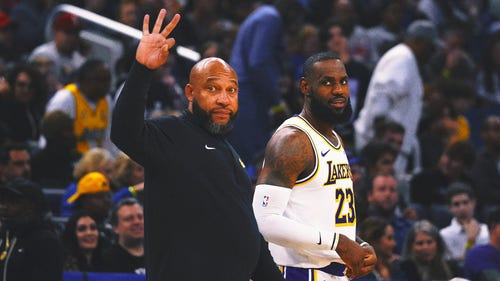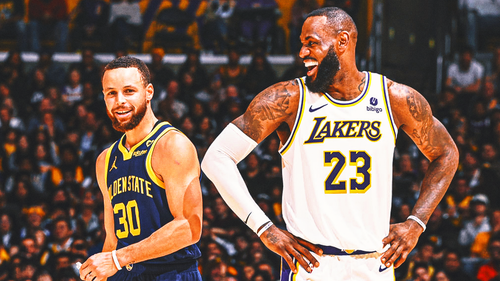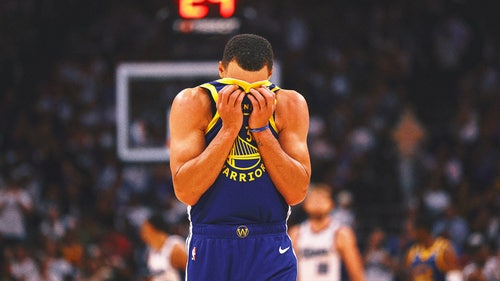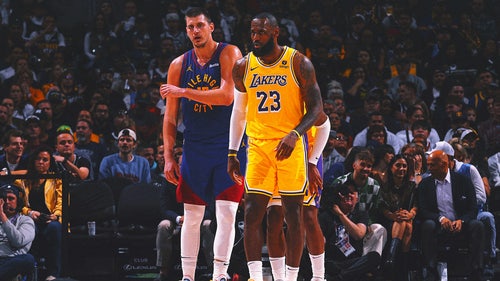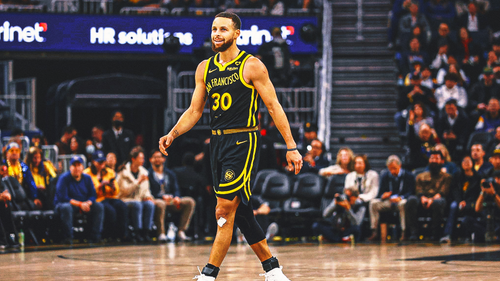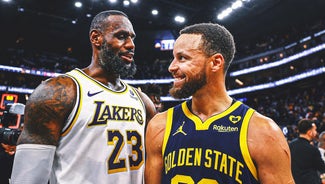
Cleveland's Historic Comeback Empitomizes Greatest Offense Of LeBron James's Career
As the Pacers spend the next few days licking their wounds and trying to muster up the energy to postpone the end of their season, they will surely return again and again to the same conclusion: No lead is safe against the most efficient offense LeBron James has ever led.
Cleveland defeated Indiana 119-114 at Bankers Life Fieldhouse on Wednesday, erasing a 26-point halftime deficit to claim a commanding 3-0 series lead. That comeback, powered by LeBron James’ 41-point triple-double and aided by strong performances from a reserve-heavy lineup down the stretch, matched the NBA’s all-time record and left Pacers coach Nate McMillan calling Sunday’s Game 4, “a test of our character.”
Indeed, the Cavaliers’ ruthless close—which followed a poor defensive showing and some finger-pointing in the first half—was the type of tour de force that can rob a losing team of will and hope. “It’s do or die for us now,” McMillan continued, stunned after his team scored 74 first-half points, only to concede 70 in the second half. “Who shows up?”

This was a history books type of night for James—who finished with 41 points, 13 rebounds and 12 assists—and not just because of the comeback. The four-time MVP passed Kobe Bryant into third place on the NBA’s postseason scoring list, he passed Hall of Famer Wes Unseld into seventh place on the NBA’s postseason rebounding list, and he notched his 17th postseason triple-double, tops among active players. James also scored or assisted on 73 points, per ESPN Stats and Information, tallying a new personal postseason-high.
At 32, and in the midst of his 12th consecutive postseason run, James has reached the point where keeping up with his milestones and records has become a full-time job. “He just willed this team,” Cavaliers coach Tyronn Lue said. “[He said], ‘I'm going to put you guys on my back.’”
While James has played on teams that have won more games and posted better point differentials than the 2017 Cavaliers, he’s never led a more devastating attack. This year, Cleveland posted a 113.6 offensive rating, which surpassed the 2009 Cavaliers (112.4) and the 2013 Heat (112.3) to become the best of his career.

For context, that mark is higher than any of the last 10 NBA champions. During the regular season, the Cavaliers attempted more three-pointers and connected at a higher percentage from deep than the Warriors. Through three postseason games, Cleveland has the league’s top attack at a blistering 119.3.
Even though Kyrie Irving and Kevin Love, two lethal scoring options, only played bit roles, Cleveland’s second-half comeback perfectly encapsulated this group’s ability to turn opposing defenses inside out. Look no further than the Cavaliers’ shot chart from the third and fourth quarters, which is a “Moreyball” masterpiece.

Other than a single catch-and-shoot jumper released by Channing Frye with his foot on the three-point line, all of Cleveland’s second-half scoring came via scores at the rim, from beyond the arc, or at the foul line. How does a 26-point lead disappear in 24 minutes? A little let up from Indiana, a lot of James attacking the rim against a spread court, and a waterfall of three-pointers coming from all sides. The final second-half damage: 21-38 shooting (55.3%) overall, 12 three-pointers from six different players, zero turnovers, and 12 trips to the free-throw line for James alone.
Even at the height of the “Heatles” era, James never had this much room to work with off the dribble and he never had this deep a cast of three-point shooting targets. Cleveland’s push was aided by reserves like Frye, Deron Williams and Kyle Korver, all of whom are capable of generating points with their outside shooting and allow James to attack the paint in one-on-one scenarios. “No matter who is on the floor with me, I try to empower them, I try to make them better and make them believe we can be great every night,” James said. “It’s not going to result in a stat line like this every night. But when my mind is fresh and in the moment, certain things like this happen.”

This is offensive efficiency intelligent design fully manifested: the league’s most physical lead ball-handler and best pure passer surrounded with at least three, and often four, quality kick-out options. When James’ own outside shooting is on, as it was in Game 3, a team that can’t credibly defend the rim from his drives with a single player or with perfectly-timed help and precise rotations has no chance. Indiana learned that the hard, heartbreaking way.
“We’ve got J.R. [Smith], Channing, Kyle, [James Jones] and Kyrie,” James said. “These guys have Three-Point Contest trophies in their house. I just try to keep the defense off balance. I was able to get into the paint, get to the free throw line, make a couple shots outside and that opened it up for all of us.”
Looking ahead, Cleveland is unlikely to face an elite defense until the Finals. As it stands, Cleveland could face Milwaukee, who holds a 2-1 lead over Toronto, in the second round, and the Bucks ranked tied for 17th in defensive efficiency. Washington, which looks like Cleveland’s most likely Eastern Conference finals opponent based on the opening week of postseason play, ranked 20th.
Yes, the Cavaliers’ rough first half in Game 3 against the Pacers confirmed once again that there are concerns about their shaky defense. But “Who can stop Cleveland besides Golden State or San Antonio?” continues to feel like a more pertinent question than, “Will Cleveland’s defensive problems snap James’ streak of six straight Finals appearances?”






































































































































